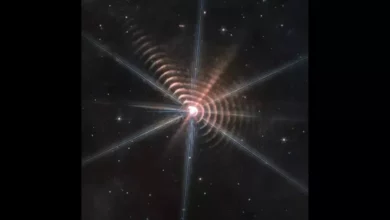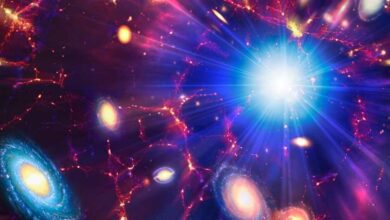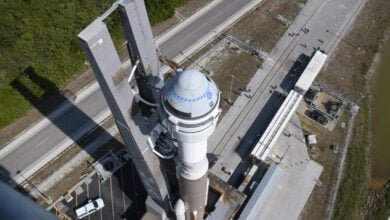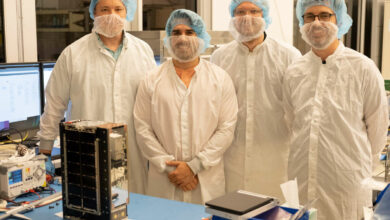
Astronomers have observed a gamma-ray burst generated by the collision of neutron stars
(ORDO NEWS) — Astronomers have witnessed the collision of a neutron star with another, neighboring neutron star.
The resulting explosive “jet” was so powerful that it produced a gamma-ray burst (GRB), which emitted more energy in a few seconds than our Sun could potentially generate in its entire lifetime.
Gamma-ray bursts are the most powerful explosions in the universe that scientists know exist and are thought to be responsible for the heaviest elements in the universe, including gold and platinum.
And now, for the first time, a short-term gamma-ray burst, designated GRB 211106A, was captured in millimeter light using a radio telescope complex in the Chilean Atacama Desert (Atacama Large Millimeter Array, abbr. - ALMA).
“This short-lived gamma-ray burst was the first time we tried to observe such an event with ALMA,” said Wen-fai Fong, an assistant professor at Northwestern University (USA) and co-author of a new study that will be published in the scientific journal Astrophysical Journal Letters.
Bright gamma burst
Bursts - short duration ones in particular - are incredibly hard to catch. According to scientists, only six GRBs have been discovered during the entire time of studying outer space - and even then only in the radio range.
“It is very difficult to find afterglow after such short flashes, so it was impressive to capture this event shining so brightly,” Fong added.
While capturing a short gamma-ray burst at millimeter wavelengths may seem like a small achievement to the non-specialist, in fact, scientists say it is quite a breakthrough.
“What makes GRB 211106A so special [burst] is that not only is it the first short-lived gamma-ray burst that we have detected at these wavelengths, but thanks to millimeter and radio detection, we were able to measure the angle of opening of the jet,” commented the observation results.
Ruoko Escorial, study co-author. “It is important to clarify the actual rate [event rate] of short gamma-ray bursts in our universe and compare them to the frequency of binary neutron star mergers or neutron stars and black holes .”
In other words, using millimeter data, scientists can begin to calculate how often these types of cosmic bursts occur - a great attempt to learn to capture these events more often, and therefore closer to a large-scale study of such high-energy events in the universe.
—
Online:
Contact us: [email protected]
Our Standards, Terms of Use: Standard Terms And Conditions.









